News Analysis—For the past few days the public has been bombarded by news of fighting in the Gaza strip. If you consume your news like most Americans, you’re likely to hear or see at least one story about the battle raging between Israel and Palestine. It’s important on the world stage, yet the fixation on what’s happening there could be a distraction from impending doom in other countries.
Consider if you will, Afghanistan. In 2001, the U.S. moved swiftly into the country to bring down the Taliban. All eyes were on the Middle Eastern country, waiting and watching for the capture or death of Osama bin Laden, who was believed to be hiding there. Today, Bin Laden still eludes and even taunts his would-be captors, as evidenced in a recent tape believed to be of him calling for more war against the west.
What also eludes us is a peaceful and prosperous Afghanistan. With the current trend in military spending and troop commitments, there seems to be no end to its people’s struggles in sight.
U.S. Secretary of Defense Robert Gates puts the estimated total for 2009 at $136 billion, according to the Associated Press. In a letter earlier this month to congressional leaders, Gates said his “personal assessment” is that $70 billion more will be needed in addition to the $66 billion already approved last year.
During a January 13 press briefing, Pentagon spokesman Geoff Morrell told reporters that the U.S. government’s plan to send four more brigade combat teams, a combat aviation brigade and their enablers “will make a real difference on the ground in Afghanistan”.
The additional 20,000 to 30,000 troops will basically double U.S. forces in Afghanistan. That means Americans will shoulder half of the responsibility for the almost 100,000 coalition forces in the country. There are currently about 70,000 NATO and American troops there today.
“That [troop increase] cannot help but make a difference,” Morrell said during the briefing.
It’s all part of a plan that includes recruiting local militias, in a move borrowed from the troop ‘surge’ in Iraq. The premise was that former Sunni insurgents could be brought around, for the right price. The practice was that about 100,000 Sunnis, part of Awakening Councils, have been armed, put on patrol, and put on the U.S. payroll. Subsequent security improvements aside, Afghanistan is a different animal, and similar efforts might not work there.
Consider if you will, Afghanistan. In 2001, the U.S. moved swiftly into the country to bring down the Taliban. All eyes were on the Middle Eastern country, waiting and watching for the capture or death of Osama bin Laden, who was believed to be hiding there. Today, Bin Laden still eludes and even taunts his would-be captors, as evidenced in a recent tape believed to be of him calling for more war against the west.
What also eludes us is a peaceful and prosperous Afghanistan. With the current trend in military spending and troop commitments, there seems to be no end to its people’s struggles in sight.
U.S. Secretary of Defense Robert Gates puts the estimated total for 2009 at $136 billion, according to the Associated Press. In a letter earlier this month to congressional leaders, Gates said his “personal assessment” is that $70 billion more will be needed in addition to the $66 billion already approved last year.
During a January 13 press briefing, Pentagon spokesman Geoff Morrell told reporters that the U.S. government’s plan to send four more brigade combat teams, a combat aviation brigade and their enablers “will make a real difference on the ground in Afghanistan”.
The additional 20,000 to 30,000 troops will basically double U.S. forces in Afghanistan. That means Americans will shoulder half of the responsibility for the almost 100,000 coalition forces in the country. There are currently about 70,000 NATO and American troops there today.
“That [troop increase] cannot help but make a difference,” Morrell said during the briefing.
It’s all part of a plan that includes recruiting local militias, in a move borrowed from the troop ‘surge’ in Iraq. The premise was that former Sunni insurgents could be brought around, for the right price. The practice was that about 100,000 Sunnis, part of Awakening Councils, have been armed, put on patrol, and put on the U.S. payroll. Subsequent security improvements aside, Afghanistan is a different animal, and similar efforts might not work there.
A Familiar Threat
Despite hopeful predictions about an Afghanistan surge, there is still a creeping menace in Afghanistan—the Taliban.
A survey by the International Council on Security and Development determined that the Taliban has established a permanent presence in 72 percent of Afghanistan. It was at 54 percent just a year ago.
Reports filed from the field by the New York Times, the Washington Post, and other media about the current state of affairs in Afghanistan are painting a bleak picture. The country is rife with corruption from top to bottom. The middle class is disappearing. Women and girls going to school in rural areas are being threatened and attacked with acid thrown in their faces. Although the Taliban has not claimed responsibility for every such attack, they are infamous for being against the education of women.
Notable recent coverage of Afghanistan comes from New York Times foreign correspondent, Dexter Filkins. His recent book, The Forever War, describes the joy of the people after the fall of the Taliban in 2001. Filkins’ recent reporting is much bleaker—chaos, corruption and a Taliban force snaking its way through the country, trying to control the hearts and the minds of the people.
“The ‘bad war’ in Iraq has become much better, while the ‘good war’ in Afghanistan has gotten much worse,” commented Filkins during a stop on book tour this past fall. Filkins also says that in light of the forbidding terrain, lack of infrastructure, and a resurgent Taliban, it is an incredibly difficult place to report and gather news.
“The circumstances are pretty bad in a lot of places given the resurgence of the Taliban,” says Filkins.
Then there is the issue of corruption. A recent report filed from Afghanistan by Filkins notes: “Kept afloat by billions of dollars in American and other foreign aid, the government of Afghanistan is shot through with corruption and graft. From the lowliest traffic policeman to the family of President Hamid Karzai himself, the state built on the ruins of the Taliban government seven years ago now often seems to exist for little more than the enrichment of those who run it.”
Unknown Challenges
The New York Times is not alone in their assessment of the brewing dangers in Afghanistan. Jon Lee Anderson, a veteran war correspondent and staff writer for The New Yorker, says it’s worse there than the general public might imagine.
“Afghanistan remains a big unknown in many ways—it never got the attention that Iraq did, and it’s going to get very bloody before it gets better,” says Anderson. “In some ways we’re back to where we were in Iraq in late 2003 and 2004, in that the crux of that conflict has yet to come.”
Six years of heavy fighting in nearby Iraq is not an automatic indicator of what U.S. and NATO troops can expect in Afghanistan. The terrains of the countries are vastly different—Afghanistan’s is far more forbidding and difficult to navigate.
According to the Center for Strategic and International Studies, there are also intense ethnic and tribal divisions there.
All of this adds up to a country that is fractured along social, cultural, and economic lines.
“I think this coming year you’ll see a huge increase in military activity [in Afghanistan] and therefore political and journalist interest,” says Anderson. “It’s going to be difficult—you’re talking about a much more wild environment [than Iraq].”
bystanders_medium.jpg&w=1200&q=75)
bystanders_medium.jpg&w=1200&q=75)
bystanders_medium.jpg)
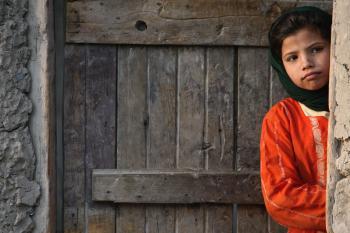
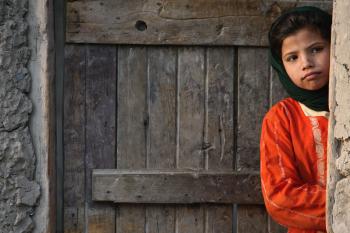

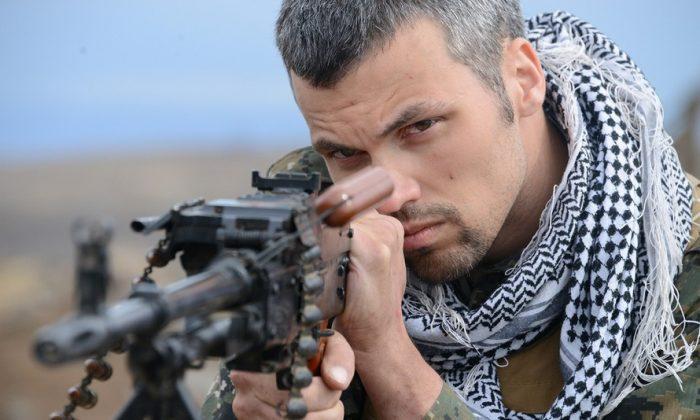
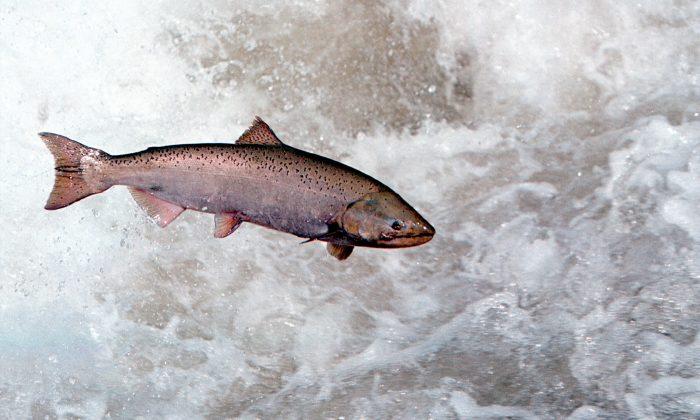
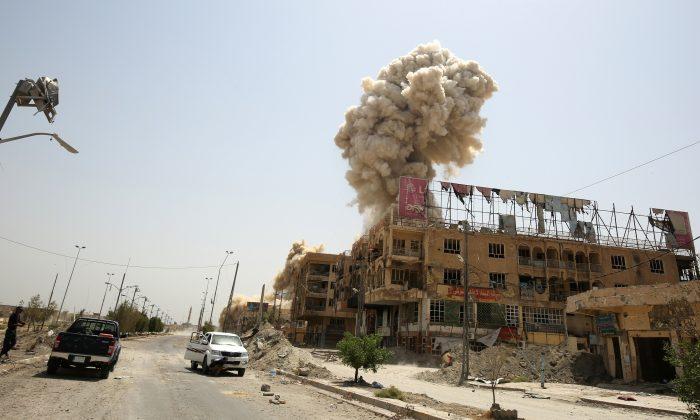
Friends Read Free